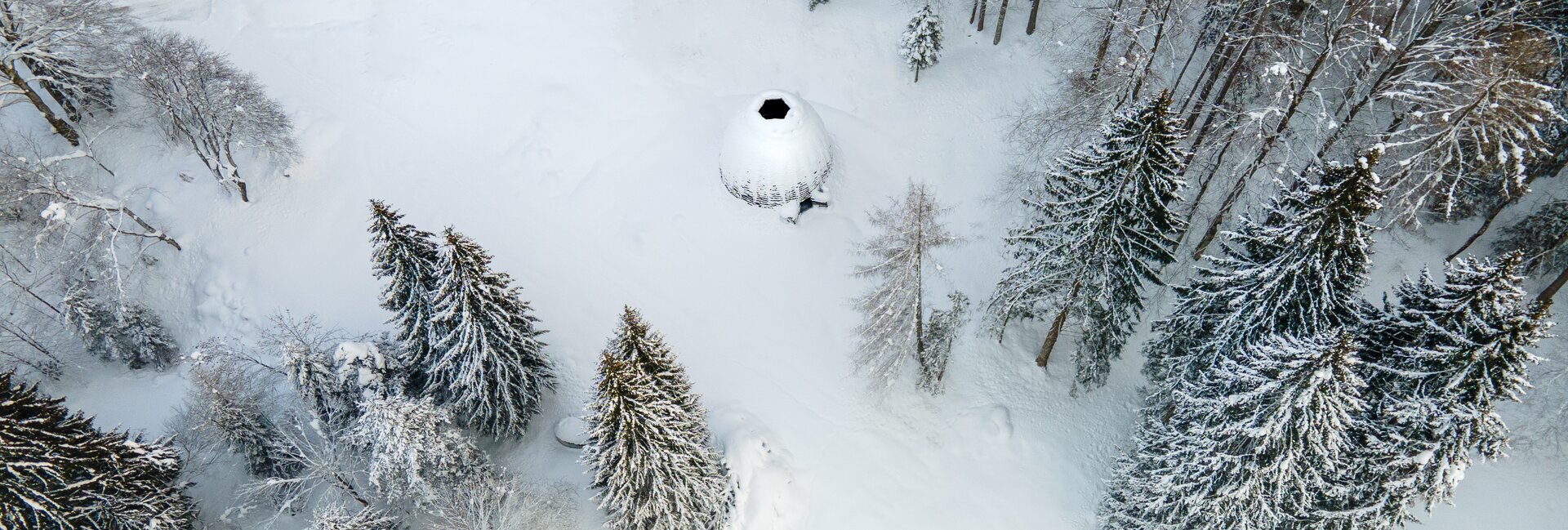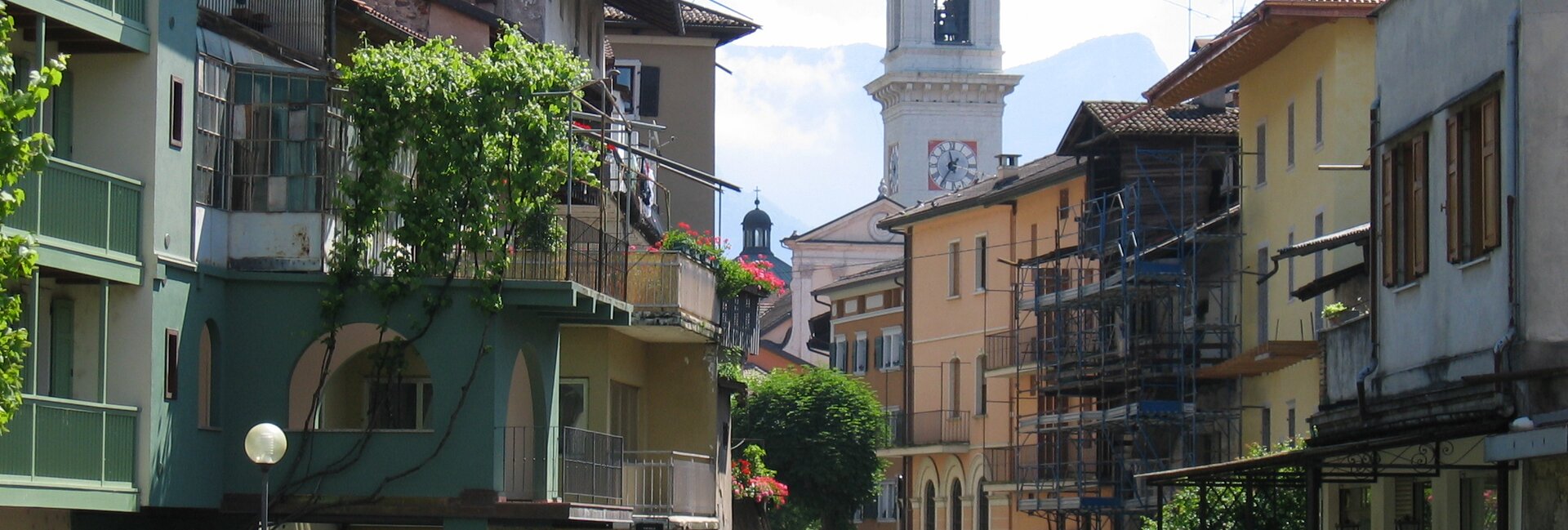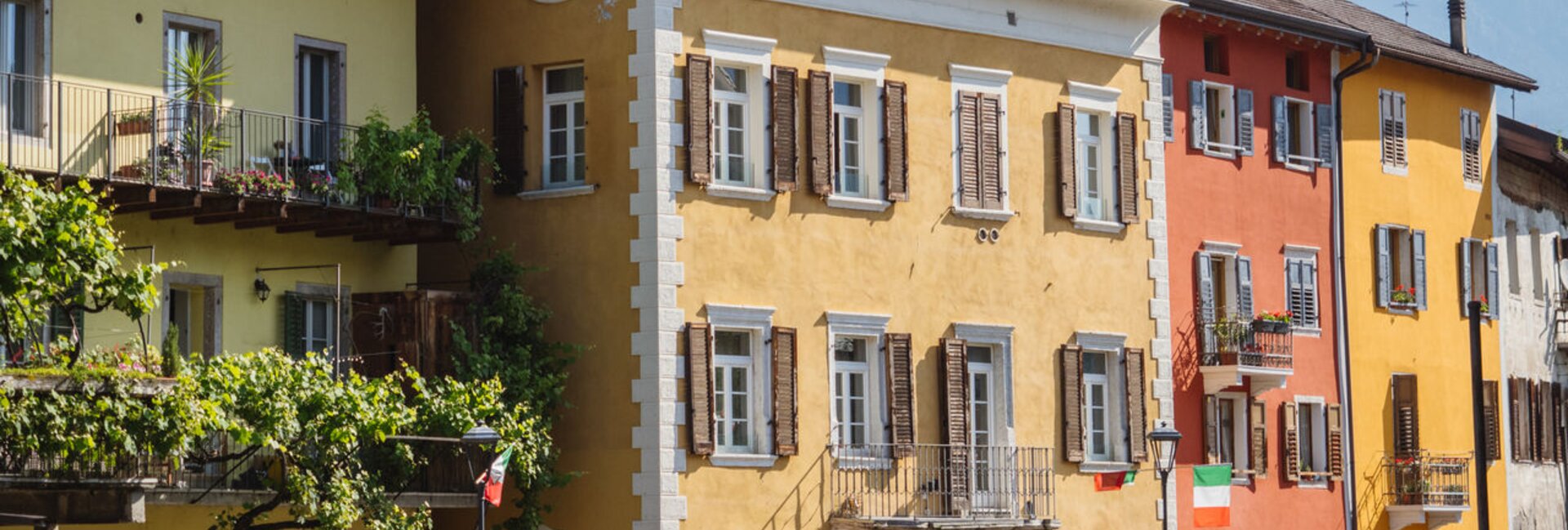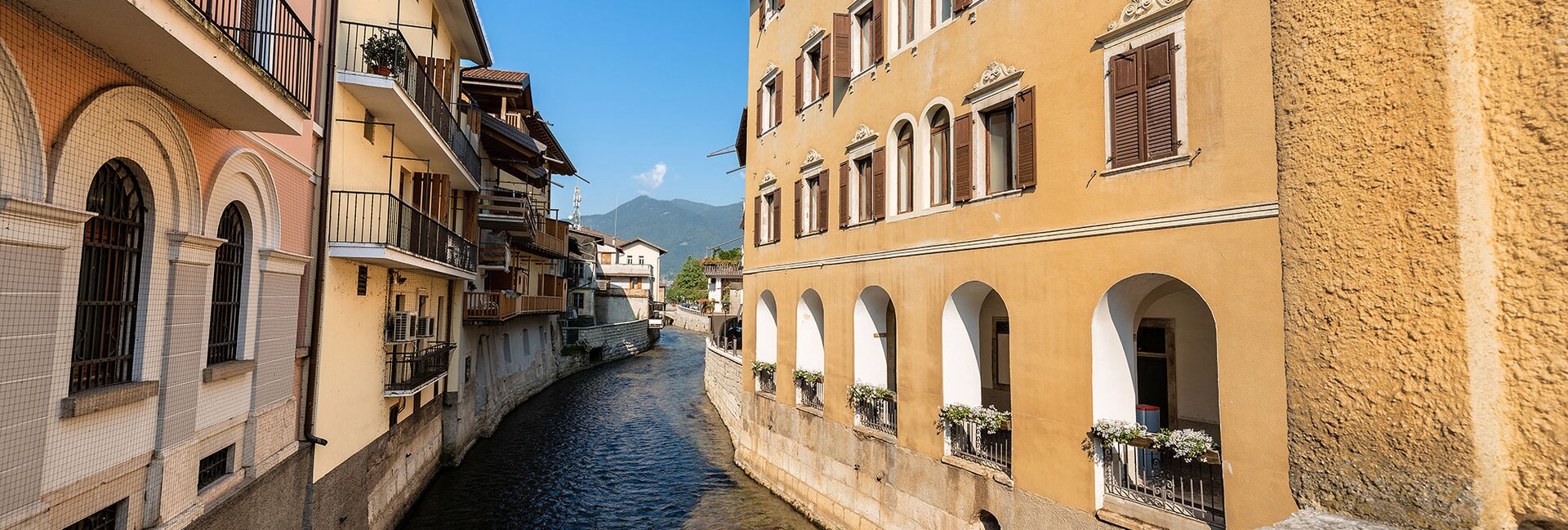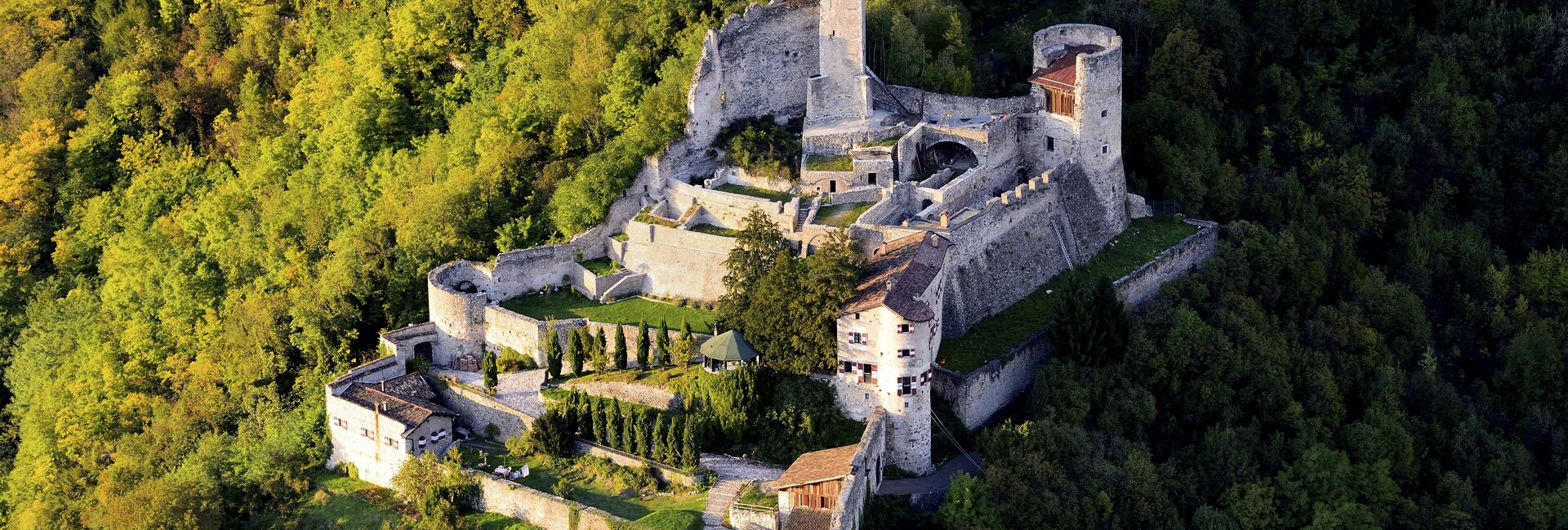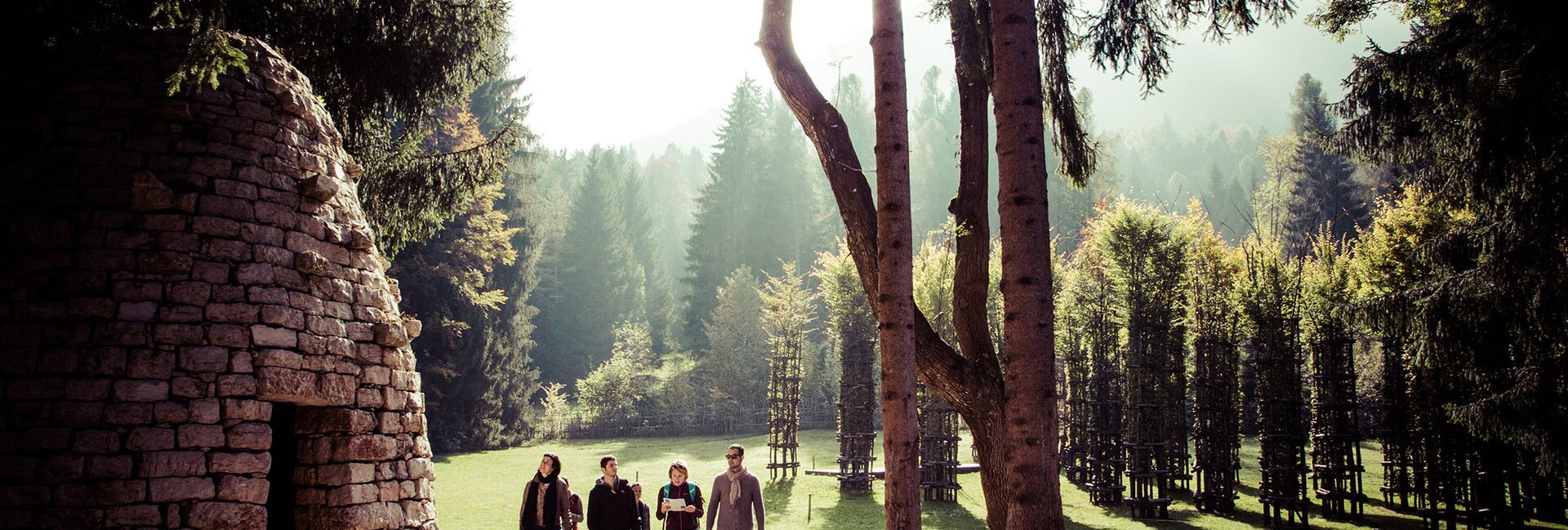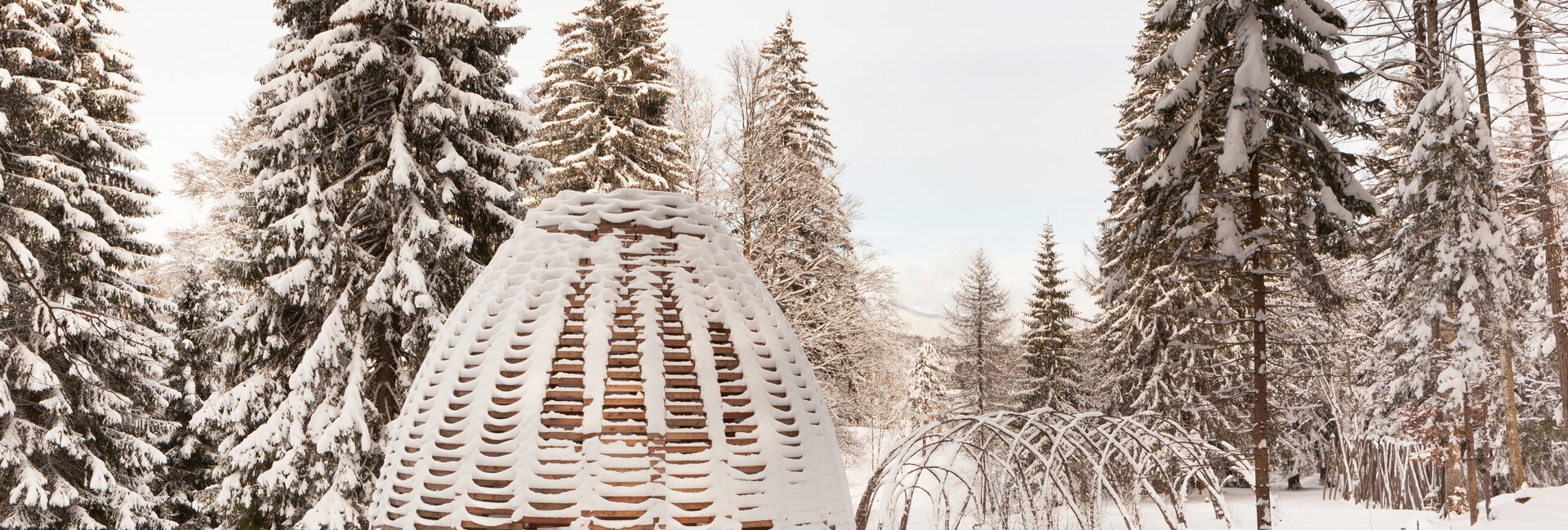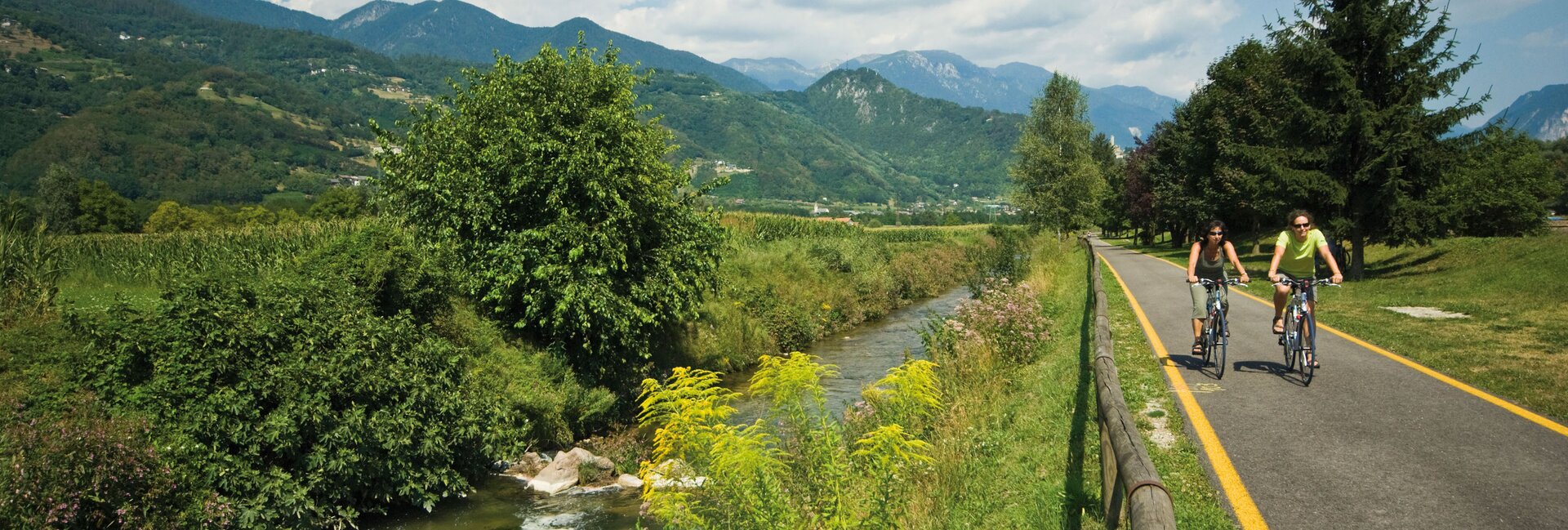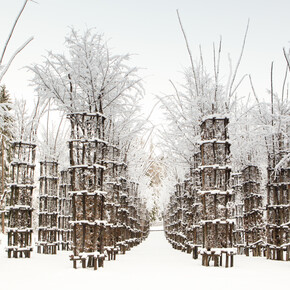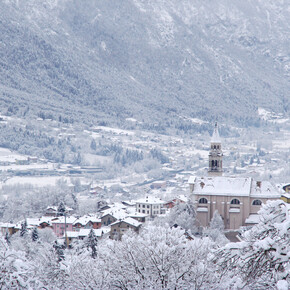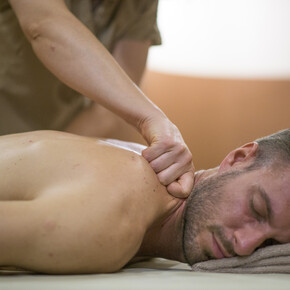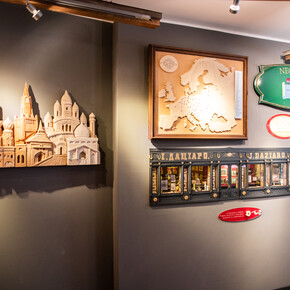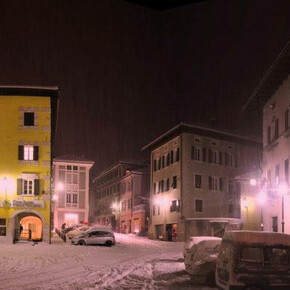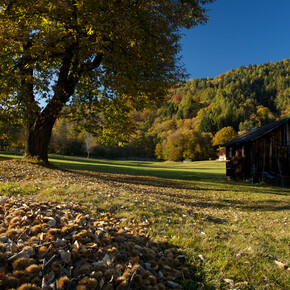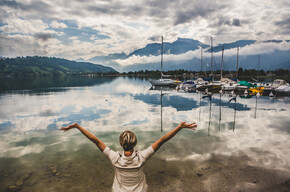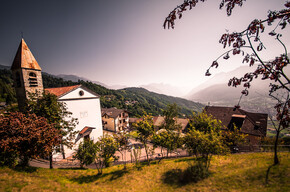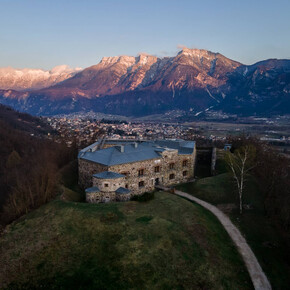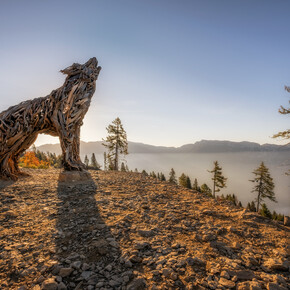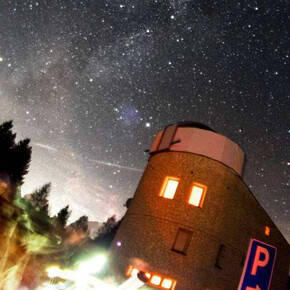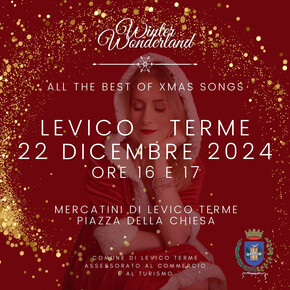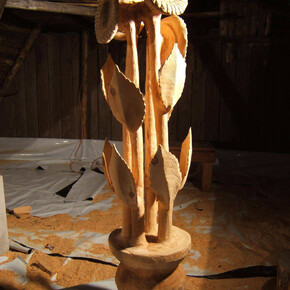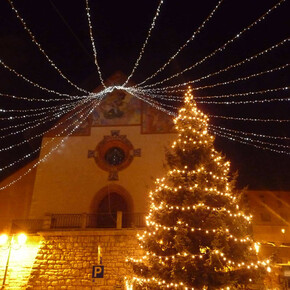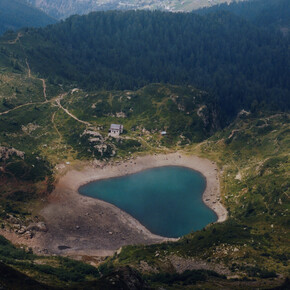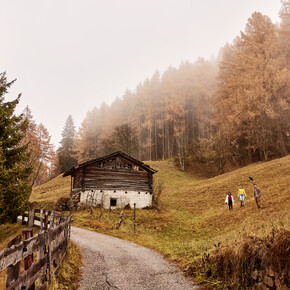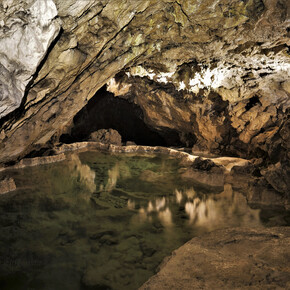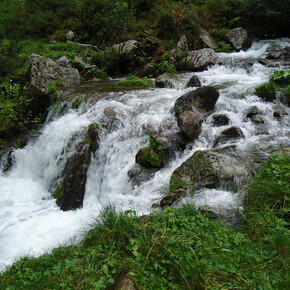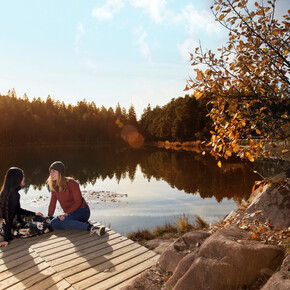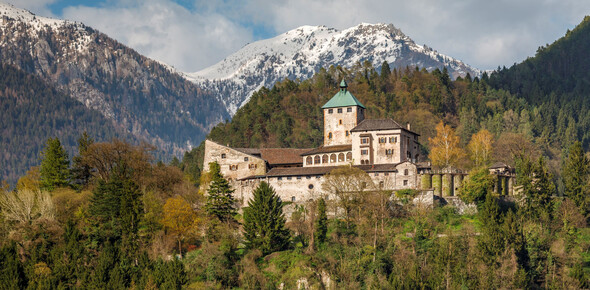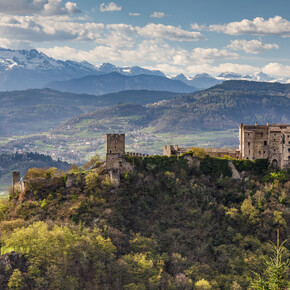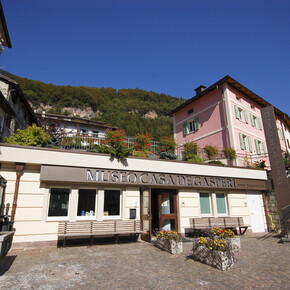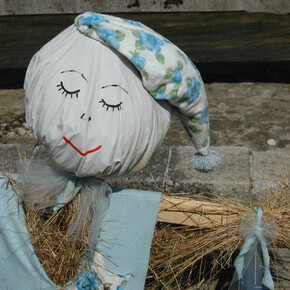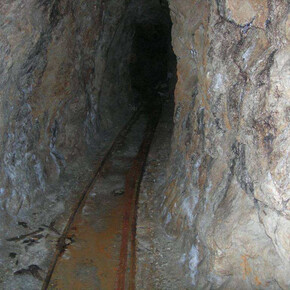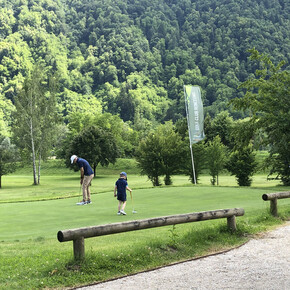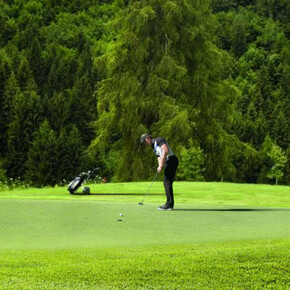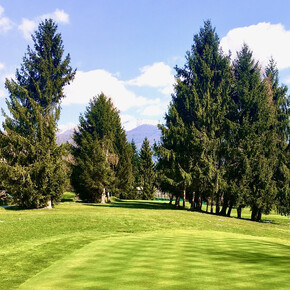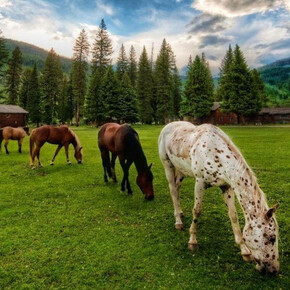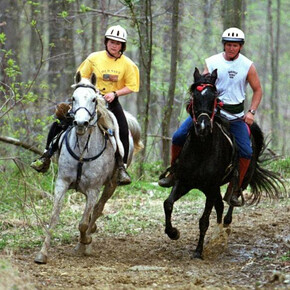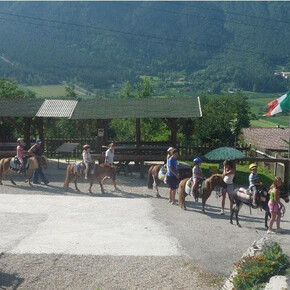Borgo Valsugana
The most enchanting urbanised river landscape in Trentino
- Visit the historic centre
- Cycle along the “Via del Brenta
- See the sculptures of Arte Sella
Borgo Valsugana is located in Valsugana, the first destination to be awarded sustainable tourism certification in Italy. Dominated by Castel Telvana, the village’s historic centre is the only one in the whole of Trentino to have developed alongside both banks of the river Brenta: a fine example of an urbanised river landscape.
Borgo Valsugana has been included in the “most beautiful villages in Italy” since 2022, following Pieve Tesino to become the second village in Valsugana to boast this coveted title.
Things to see
Borgo Valsugana has a delightful centre: Corso Ausugum, the main street of the village, is embellished with portals, late Renaissance and Baroque palaces, shops and churches. On the façades of some of the centre’s fine buildings, you can admire 16th-century frescoes depicting the Virgin Mary with Child and Saints, which, according to tradition, were painted after the plague of 1508.
Other sights to see include the main square, Piazza Alcide De Gasperi, the parish church of the Nativity of Mary, and the nearby oratory of San Rocco, painted in 1516 by Francesco Corradi. The Valsugana “diffuse museum” is also well worth a visit, comprising numerous exhibitions (some private, some association, some public) of enormous cultural, historical, artistic and environmental value, including the World War I in Valsugana permanent exhibition.
The Ponte Veneziano bridge is an essential stop in the centre of Borgo Valsugana. It is a beautiful 15th-century bridge, crowned by two aedicules with graffiti inspired by two precious 17th-century works by Jacopo Fiorentini, connecting the “Borgo Vecio” to the other half of the village. After the bridge you will find the staircase to Telvana, which begins under a beautiful portico and leads up to the monastery of the Poor Clares and Franciscans.
From here, we advise you to continue on foot along the path for about 30 minutes. This will take you to Castel Telvana, a storied, bastioned group of towers overlooking the village.
Things to do
In the green treasure trove of Valsugana, you immediately feel like putting your legs to work, perhaps even on two wheels. The “Via del Brenta” cycle path connects Lake Caldonazzo to Bassano del Grappa up to Venice, passing through Borgo Valsugana. 80 kilometres of nature, culture and history, which are a joy to discover on two wheels from spring to autumn. In 2020, the cycle path was recognised as the greenest cycle path at the Italian Green Awards.
Then, on foot along numerous paths and walkways, you can get to the Rocchetta – a small headland just over 700 metres high, south of Borgo Valsugana. The historical site of the Rocchetta, which is open all year round with free admission, can also be reached by car, bicycle and bus in just five minutes from the town of Borgo Valsugana.
A few kilometres away from Borgo Valsugana is Arte Sella, an open-air museum, which is recommended for a visit at any time of year. The works of art that remain there are made from raw materials such as stones, branches, leaves, trunks and earth, at one with nature. Since 1986, more than 300 international artists have contributed to creating this “place of the soul” and enriching it with elements that are now part of the landscape, and which change with the rhythm of the seasons.
Things to eat
When visiting Borgo Valsugana and its surroundings, we recommend trying the “Formaggio di Malga del Lagorai” alpine cheese, an approved Slow Food Presidium. The Lagorai is a chain of mountains that frames the beautiful village, and it was in this area that a great dairy tradition was established as early as the 12th century.
High quality grass, pure water, healthy air: here the milk, which has the scent of mountain flowers and aromatic herbs, arrives daily from the cowshed directly at the dairy where it is processed, scrupulously following the ancient recipe for alpine cheese.
Formaggio di Malga del Lagorai is made in the alpine huts from May to October, and matures for at least three months in the “casarìn”, a dark, cool cellar, resting on larch or fir boards. It is delicious by itself, and excellent as a condiment for pasta dishes.
